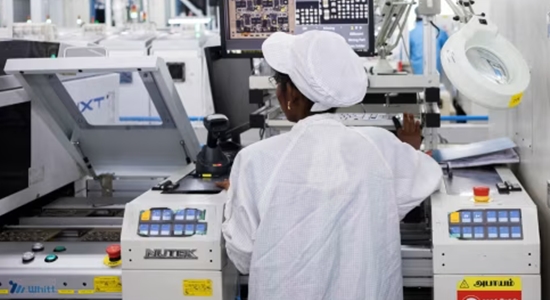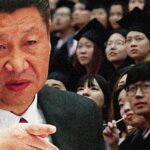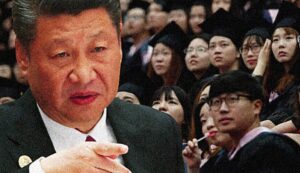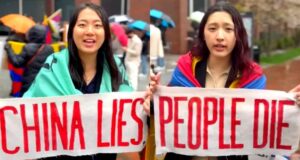
Apple has been taking forever to do it, but it does seem to want to retreat (at least somewhat) from China and make a “quiet pivot to India” (Financial Times, February 20, 2025).
Indian officials have been trying to persuade Apple to set up plants there at least since the beginning of the first Trump administration.
Eight years later, Apple’s Taiwanese supplier Foxconn and India’s Tata Electronics are now, or soon will be, manufacturing iPhones not only in Karnataka but also Tamil Nadu, India’s southernmost state.
Most significantly, Foxconn is producing Apple’s latest smartphone, the iPhone 16 Pro, an indication of how far its relationship with India has developed….
Although only around 15 per cent of Apple’s iPhones are currently made in India, this is expected to increase to 25 per cent by 2027, according to JPMorgan and Bank of America analysts. Globally, the company shipped some 232mn iPhones in 2024, according to the International Data Corporation.
China’s zero-COVID policies a few years back showed “how quickly state policies could deal a major blow” to Apple’s bottom line. But the company “still overwhelming depends” on China, which it is “wary of antagonising.” Something that Apple is nonetheless doing by shifting any substantial amount of business to India. The Chinese government has responded by “hamper[ing] the movement of some Chinese technicians and capital goods into India, hitting Foxconn and other electronics producers, according to Indian and Chinese officials.”
President Trump’s return to the White House and willingness to slap new tariffs on Chinese imports is another reason for Apple to keep diversifying its supply chain and manufacturing. Although the firm’s plants in India still rely heavily on imported parts, some of the component manufacturers that Apple needs to solidify its presence in the country are starting to set up shop there as well. Securing steady and flexible supplies of skilled workers is another challenge.











